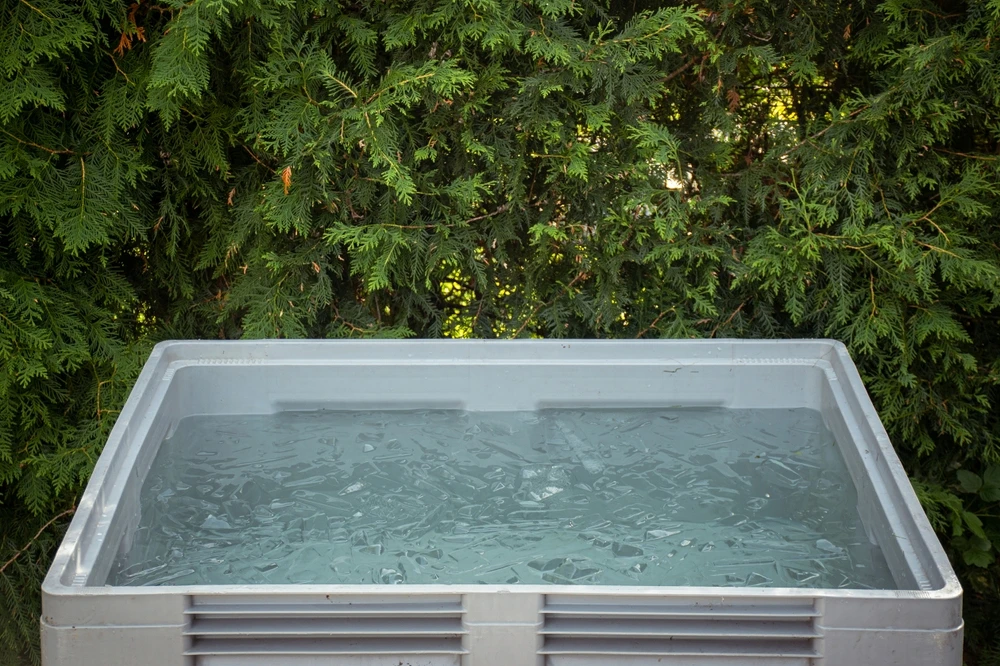

How to Preserve a Human Body: A Step-by-Step Guide

That idea of keeping the human body preserved after death and being able to bring them back has graduated out of science fiction. As cryonics advances, human preservation is becoming a practical option for the person who believes in the efficacy of future science, medicine, and technology.
Cryonics America is specialised in body preservation and cryogenic technologies, giving individuals the opportunity to reunite with the future one day which is called as preservation revival.
In this guide you will learn: The entire process of human body cryopreservation step-by-step and the most common FAQs related to it.
What is Human Preserveration?
Human preservation is the storage of the human body at deep freezing temperatures (approximately -196°C using liquid nitrogen) immediately post legal death to avoid cellular breakdown. This is done with the hope that future technology might enable preservation revival— the restoration of biological function.
Compared to embalming or traditional methods, cryopreservation preserves the body’s physical and molecular structure using scientific protocols to limit damage.
How to Preserve a Human Body — A Step-by-Step Guide to Preserving Humans
Step One: Legal Declaration of Death
Human preservation does not begin until a person is pronounced dead by a qualified medical doctor.
Step 2: Rapid Cooling and Stabilization
Following legal death, the body is packed in ice and circulating cold water is pumped into the circulatory system to stabilize the body and slow down decomposition. Other oxygenation devices are also used to keep the tissue viable until it can be transported.
Step 3: Transport to the Cryonics Institute
The body is immediately moved to our regulated cryonics center at Cryonics America in Miami, Florida. The earlier the better—the sooner, the better the result!
Step 4: Infusion of Cryoprotectant
Once here, the body is put through a stage referred to as cryoprotectant perfusion — which moves body fluids and replaces them with a special solution to prevent ice crystals forming during freezing.
Step 5: Gradual Cooling
Using advanced equipment designed to minimize thermal shock, the body is gradually cooled to sub-zero temperatures, and finally down to -196°C, the temperature of liquid nitrogen.
Step 6: Long-Term Storage
Cryogenic dewars (containers) — full of liquid nitrogen — are used to store the preserved body in a secure location. They are monitored 24/7 with all sorts of fail-safes so that they will stay preserved.
A Pillar of Hope for Preservation Revival
Although a preserved human cannot be revived at this time, some beliefs that rapid advancements in nanotechnology, regenerative medicine, and artificial intelligence will eventually make preservation revival possible in future.
At Cryonics America, we work closely with the leading thinkers in the fields of cryobiology and life extension throughout the world to ensure that we stay on the cutting edge of the best approaches to preservation for the future.
Why You Can Trust Us?
- Cryogenic Preservation Experience: More than 10 years of expertise in cryogenic preservation techniques.
- Skilled Personnel: Team includes professional cryobiologists, emergency personnel and biomedical science experts.
- Authoritative: Acknowledged by leading life extension and cryonics communities.
- Trust: Clear process, commitment to follow the basic ethics, long-term storage, and communication that puts the client ahead.
Questions About Preserving A Human
Q1: Is human preservation legal?
A: Yes. Cryopreservation, in terms of actually freezing a corpse, is legal in several states in the U.S. including Florida, as long as the procedure is performed after there has been legal death, and the person was consented to.
Q2: What is the cost of cryopreservation?
A: The price also ranges between full-body vs. neuropreservation. There are flexible payment options and pre-arrangements also available. Please reach out to us for a personalized quote.
Q3: How long can the body stay intact?
A: Indefinitely. The body is preserved in stasis, with no natural decay as long as the supply of liquid nitrogen and the monitoring of the tank is maintained intact.
Q4: Can the body be revived now?
No, current technology does not allow for revival. But the whole process works on an assumption that preservation revival might be possible one day.
Q5: Is the process painful?
A: Not at all, cryopreservation only begins post legal death, hence there is no pain or suffering involved.
Who is Human Cryopreservation For?
Preserving the human body is best suited for the following:
- Have faith in the future of science and medicine.
- Consider alternative options to burial or cremation.
- Interested in making long-time impacts via research and innovation.
- Long-term value and continuity of consciousness and identity.
Why Choose Cryonics America for Preserving Bodies?
- Cryogenic storage with security in Miami, Florida
- Providing service with compassion, ethics, and privacy
- Clear and upfront pricing and documentations
- Supported by a network of international scientific advisors and research collaborators
Start Your Journey to Preserving Human Body Here
Storing your body for the future isn't a denial of death—it's an enlargement of option. At Cryonics America, we provide science-based hope. Whether you are ready to pre-plan your cryopreservation or just looking around, we can help.
Book a consultation today at www.cryonicsamerica.com!
Explore Miami's premier cryonics services for human and pet preservation. Secure a future for your loved ones with Cryonics America
1 comments
Frances Guerrero
April 08, 2025 at 09:29 pmSatisfied conveying a dependent contented he gentleman agreeable do be. Warrant private blushes removed an in equally totally if. Delivered dejection necessary objection do Mr prevailed. Mr feeling does chiefly cordial in do.